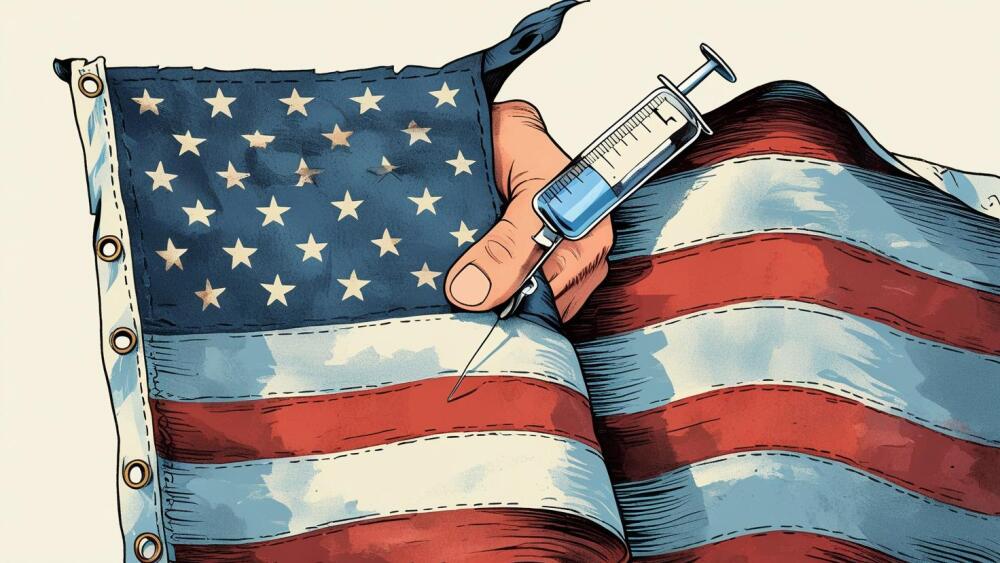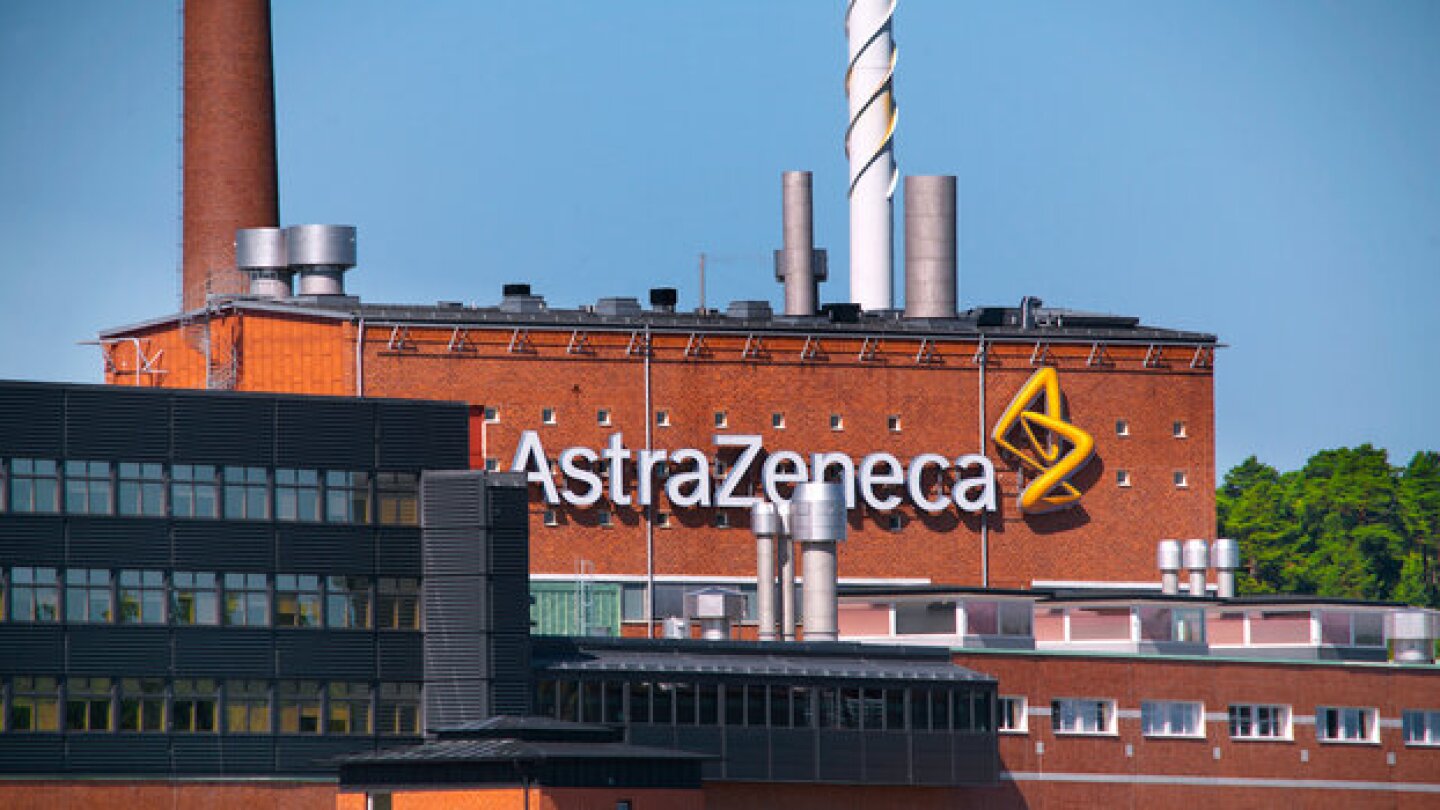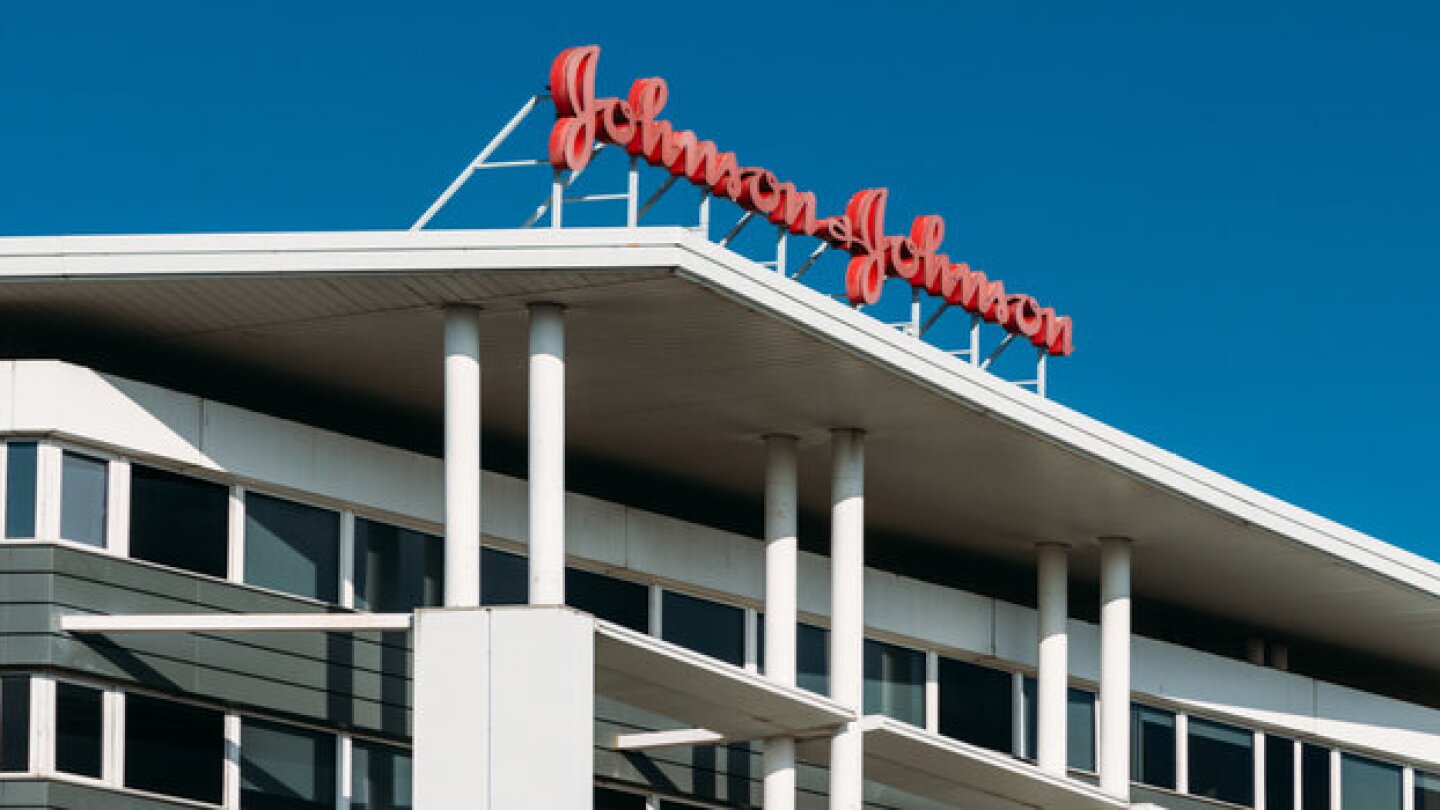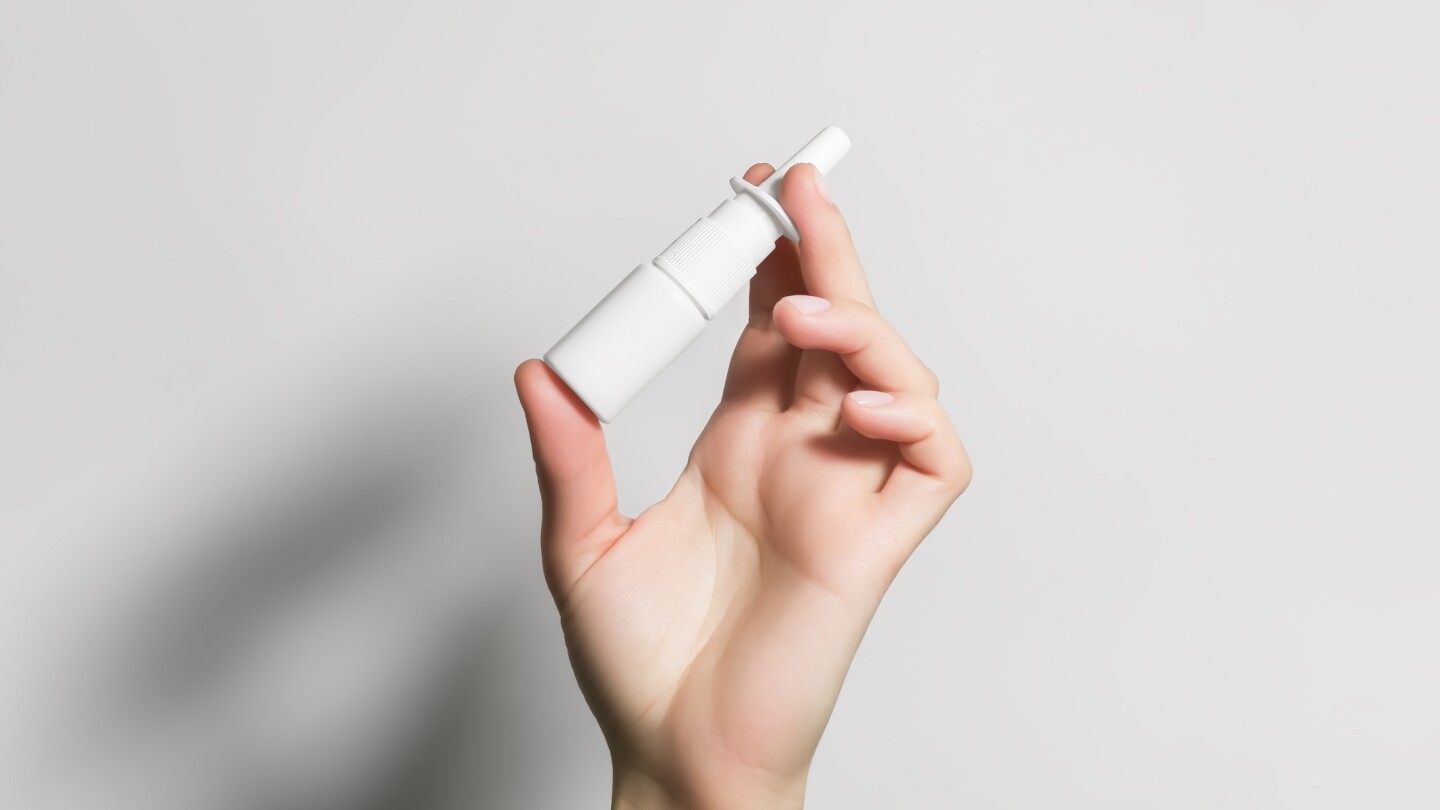News
Analysts at BMO Capital Markets said Centessa’s orexin receptor agonist has “best-in-class” potential for narcolepsy, putting the company in a strong position in the $15 billion market.
FEATURED STORIES
Madrigal Pharmaceuticals, X4 Pharmaceuticals and Day One Biopharmaceuticals secured their maiden approvals this year in metabolic dysfunction-associated steatohepatitis, WHIM syndrome and pediatric low-grade glioma. Geron Corporation and ImmunityBio also notched wins.
This year saw lofty highs and devastating lows for neuroscience drug developers like Bristol Myers Squibb, Eli Lilly and AbbVie, following the predictable pattern of successes and failures that characterizes this space.
Already established as cornerstone therapies in diabetes and obesity, GLP-1 receptor agonists also show potential in several other indications, including cancer, addiction and neurodegenerative diseases.
Job Trends
AstraZeneca and Daiichi Sankyo’s ENHERTU® has been approved in the US for the treatment of adult patients with unresectable or metastatic HER2-positive solid tumors who have received prior systemic treatment and have no satisfactory alternative treatment options.
FROM OUR EDITORS
Read our takes on the biggest stories happening in the industry.
Vaccine skepticism is at an all-time high in the U.S., and HHS Secretary Robert F. Kennedy Jr. is making some drastic moves in the name of reversing that trend. But misinformation and inconsistencies within the country’s healthcare agencies highlight problems with his approach.
THE LATEST
Marty Makary, likely FDA commissioner under President Trump, appeared before Congress this week as the agency he’s set to lead continues to be rocked by sweeping changes and about-faces.
While Congress is renewing the priority review voucher program for rare pediatric diseases, the FDA should be required to keep public records of the passes changing hands, too.
Despite comments made by a Novo Nordisk official this week, the company confirmed to BioSpace that it has no additional clinical trials of its GLP-1 drugs in addiction beyond a Phase II trial testing semaglutide and two other drugs with alcohol use as a secondary endpoint.
Imfinzi is one of AstraZeneca’s key growth drivers for 2025, with potential approvals in stomach and bladder cancers. The PD-L1 blocker brought in over $4.7 billion in sales last year.
Days after suffering a rejection in Australia, the Alzheimer’s drug hit another roadblock in the U.K., which found the drug not cost-effective.
Analysts at Jefferies see Makary as a positive for the rare disease space, given his support for accelerated approvals and openness to “customizing regulatory pathways for rare diseases.”
Analysts do not believe the Phase III stumble for aticaprant will derail J&J’s broader neuroscience strategy, particularly given its recent $14.6 billion acquisition of Intra-Cellular Therapeutics and the success of Spravato for treatment-resistant depression.
A new Pitchbook report found $4.3 billion in funding to women-fronted biotech companies across 121 deals. The increase comes as sociopolitical headwinds slam into initiatives to support women and minorities.
Novo Nordisk is intervening in the lawsuit filed by a drug compounders trade group against the FDA over the agency’s decision to declare the Wegovy shortage over. Eli Lilly did the same in a parallel case over Zepbound’s removal from the FDA shortage list and this week a judge denied the compounders’ injunction.
Neffy 1 mg is the “first significant innovation” for epinephrine delivery in small children aged 4 years and up in over 35 years, according to ARS Pharmaceuticals.

















